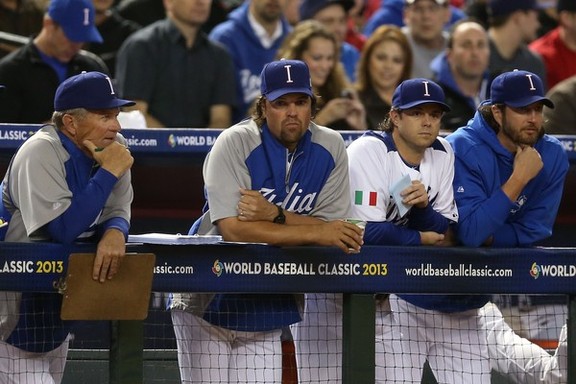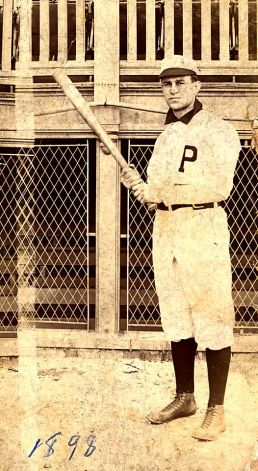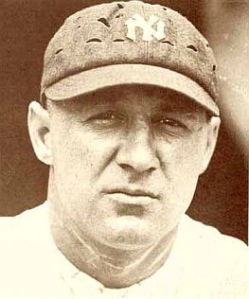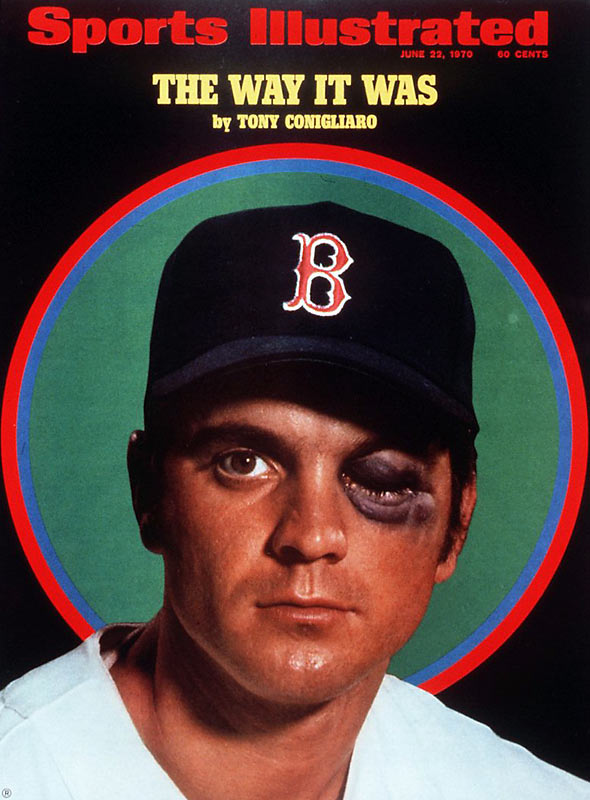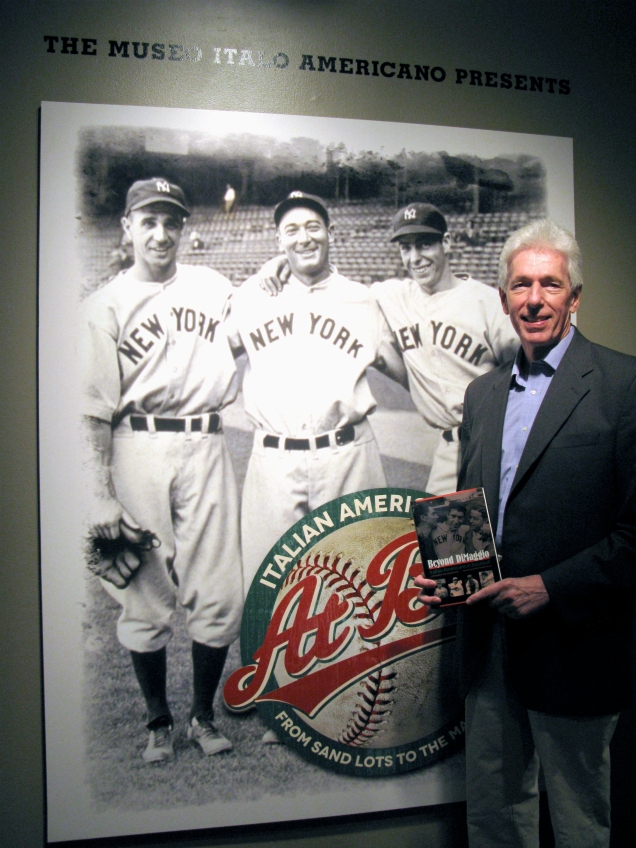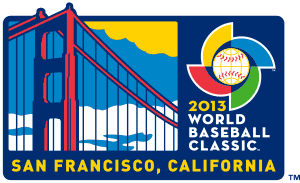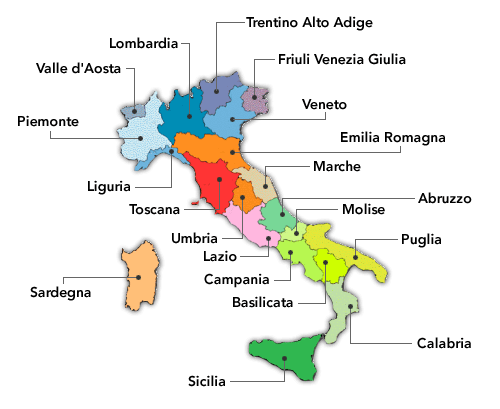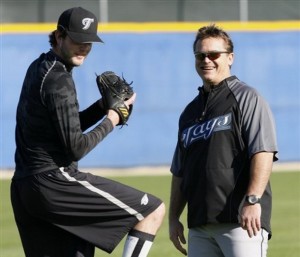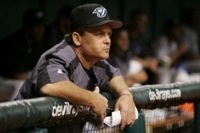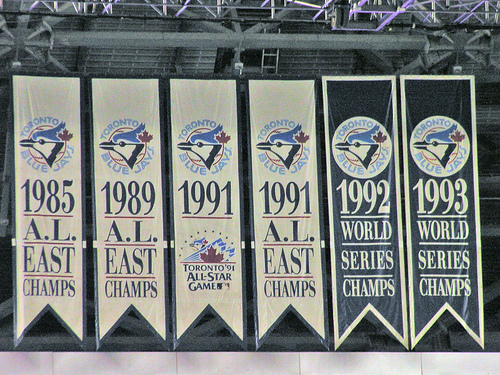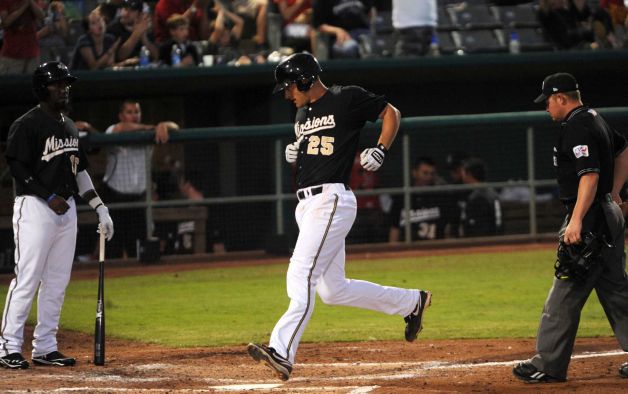
In late 1976 Lou Colabello got an invitation he could not refuse from friend Ed Orizzi, who was looking for a pitcher to help Rimini compete in the Italian Baseball League. It didn’t take long for the left-handed ace from the University of Massachusetts Amherst to regain his pitching form last seen in the 1969 College World Series to lead Rimini to three Italian Series A titles from 1977 to 1984. Putting together a stellar 94-25 record with a 2.99 ERA, the owners of the other IBL teams did not want to see Colabello’s dominance any longer. As a result, the president of the league and owner of the team in Parma implemented a rule that barred American-schooled Italians over the age of 26 from pitching.

After meeting the love of his life Silvana in Rimini and getting married to her in 1981, the Italian American Baseball Family Tree grew its first branch with the birth of their son Chris Colabello in 1983. Lou was invited to play for the Italian national team in 1984, when he would pitch against USA’s Barry Larkin, Will Clark, Shane Mack, Oddibe McDowell, Mark McGwire, Cory Snyder and B.J. Surhoff at the 1984 Summer Olympics in Los Angeles.
 Fast forward to the first pitch of the 2013 World Baseball Classic warm-up game between Team Italia and the Los Angeles Angels. Halos skipper Mike Scioscia looked out at the sea of Azzurri jerseys and said, “I’m proud to be Italian, and I think everyone on that field is proud of their roots and where they come from.” Then Scioscia asked, “Where’s Sal?” He wanted to know where Sal Varriale was. Sal was the first “oriundo” or immigrant with Italian ancestry recruited by Aldo Notari, the former Italian Baseball Federation President from 1985 to 2000. The Brooklyn native enjoyed a successful playing career in Italy and coached Team Italia in the Olympics from 1992 to 2004.
Fast forward to the first pitch of the 2013 World Baseball Classic warm-up game between Team Italia and the Los Angeles Angels. Halos skipper Mike Scioscia looked out at the sea of Azzurri jerseys and said, “I’m proud to be Italian, and I think everyone on that field is proud of their roots and where they come from.” Then Scioscia asked, “Where’s Sal?” He wanted to know where Sal Varriale was. Sal was the first “oriundo” or immigrant with Italian ancestry recruited by Aldo Notari, the former Italian Baseball Federation President from 1985 to 2000. The Brooklyn native enjoyed a successful playing career in Italy and coached Team Italia in the Olympics from 1992 to 2004.

Today Sal proudly serves as Director of Parma Baseball and as an international scout for the Cincinnati Reds. The Italian American Baseball Family Roots grew during Notari’s tenure governing the Italian Baseball Federation and it continues to prosper with the addition of MLB’s World Baseball Classic under new president Andrea Marcon. Mike Piazza was recruited by former president Riccardo Fraccari to join Team Italia while visiting Italy in 2002. Jason Grilli and Frank Catalanotto also signed up to play for Team Italia in the 2006 WBC.

With Mike Piazza signing on as Team Italia hitting coach for the 2009 World Baseball Classic in Toronto, many notable Italian American MLB players contributed to Team Italia’s surprise 6-2 upset over host Canada. Chris Denorfia went 4-for-4 with three doubles, two runs, two RBI and played great defense. Starting pitcher Dan Serafini picked up the win after middle reliever Chris Cooper kept hitters off balance and closer Jason Grilli secured the 3 1/3 inning save. New Italian American Baseball Family members included Nick Punto, Francisco Cervelli, Adam Ottavino, and Mike Costanzo.

After Team Italia defeated Mexico and Canada to advance to the second-round of the 2013 World Baseball Classic, they would suffer a 5-4 loss to eventual 2013 WBC Champion Dominican Republic and demonstrate how its mixed roster of Italian-born players like Alex Liddi and Alessandro Maestri and Italian American MLB-affiliated newcomers Anthony Rizzo, Chris Colabello, Drew Butera and Pat Venditte could compete with international baseball’s elite.
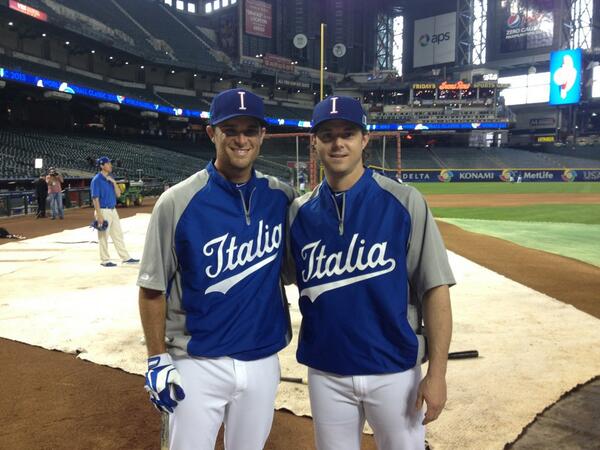
It was fun to share the enthusiasm of Roberto Angotti visiting our Academy in Tirrenia
— FIBS (@FIBSpress) February 23, 2012

Los Angeles radio deejay and journalist Roberto Angotti could see the writing on the wall and knew something special was happening when he was invited to the Italian Baseball Academy in Tirrenia while visiting family nearby in 2012. Since the day Federazione Italiana Baseball Softball (FIBS) Academy director and Chicago Cubs scout Bill Holmberg signed Italian Baseball Academy graduate Alberto Mineo to the Cubbies in 2010, MLB scouts have scattered around the FIBS-sponsored Baseball Academy like flies hunting down the scent of the next big European prospect. Germany’s most successful player to date–Max Kepler, a product of a similar European Baseball Academy that MLB’s Bill Holmberg frequents in Regensburg and recipient of the Minnesota Twins’ $800,000 signing bonus in 2009, proved to be worth his weight in gold based on his 17 homers and 63 RBI during the 2016 MLB season.
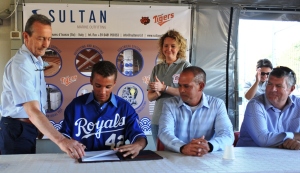
San Remo native Alex Liddi, who signed to the Seattle Mariners in 2005 and made his MLB debut in 2011, was inspirational for young Italian ballplayers like Marten Gasparini who dreamed of playing in the Big Leagues. Heralded as the best 5-tool player ever out of Europe, FIBS Academy graduate and MLB prospect Marten Gasparini received a $1.3 million dollar signing bonus from the Kansas City Royals in 2013. The 19-year-old shortstop credits Italian Baseball Academy director and Team Italia coach Bill Holmberg for his success.

Team Italia manager Marco Mazzieri has been synonymous with Italian baseball since his playing days in the 1980’s. During his ten-year tenure as the leader of the Team Italia coaching staff, Mazzieri has made the Italians proud with European Baseball Championship titles in 2010 and 2012. The LA Dodgers recruited Mazzieri to become their scout in 2013. Mazzieri went right to work and wasted no time in signing FIBS Academy graduates Federico Celli and Federico Giordani.
The exhibit on artist’s tribute to italian american in baseball opened in San Diego. Watch the video http://t.co/o0HkfqJpKW— FIBS (@FIBSpress) September 26, 2013

Growing up in Los Angeles as a first generation Italian American Dodgers fan, Roberto Angotti understood the strong connection between Tommy Lasorda and Mike Piazza. From the moment Piazza decided to play for Team Italia in the 2006 WBC, Angotti enlisted to become a soldier on the frontline of the Italian baseball revolution. Roberto became friends with Mike during the two weeks Team Italia spent in Phoenix preparing for the 2013 WBC. When Hall of Famer Tommy Lasorda dropped in on Team Italia’s practice at Dodgers’ Spring Training Camp in Glendale to address the team, Angotti pledged his support and worked tirelessy behind-the-scenes to provide daily journals of the team’s activities. Lasorda’s emotionally-driven speech coupled with Piazza’s serious commitment inspired Angotti to share the experience with others through a traveling exhibit paying tribute to Italian American baseball entitled Artists’ Tribute to Italian Americans in Baseball. The exhibition featured sports artists of Italian descent–including James Fiorentino–and paid homage to Team Italia.

Featured in the New York Times as well as on ESPN, MSG, and FOX, James Fiorentino is considered one of the world’s best sports artists. Fiorentino became the youngest artist to ever be featured in the National Baseball Hall of Fame at age 15 with his portrait of Reggie Jackson. Art seen at JamesFiorentino.com grace the walls of the National Basketball and Cycling Hall of Fames, Ted Williams and Roberto Clemente Museums, National Art Museum of Sport and the Sports Museum of America.

 The Italian American Baseball Family grew organically when Mint Pros founder Joe Quagliano reached out to Team Italia manager Marco Mazzieri and offered his expertise as a pro sports event promoter to raise funds for baseball development in Italy. With the support of FIBS executives Riccardo Fraccari, Marinella Mojoli, Massimo Fochi, Marco Landi and Riccardo Schiroli, Quagliano represented the Italian Baseball Federation with Marco Mazzieri at the National Italian American Foundation 41st Anniversary Gala and joined Mike Piazza at the National Italian American Sports Hall of Fame 39th Annual Induction & Awards Gala.
The Italian American Baseball Family grew organically when Mint Pros founder Joe Quagliano reached out to Team Italia manager Marco Mazzieri and offered his expertise as a pro sports event promoter to raise funds for baseball development in Italy. With the support of FIBS executives Riccardo Fraccari, Marinella Mojoli, Massimo Fochi, Marco Landi and Riccardo Schiroli, Quagliano represented the Italian Baseball Federation with Marco Mazzieri at the National Italian American Foundation 41st Anniversary Gala and joined Mike Piazza at the National Italian American Sports Hall of Fame 39th Annual Induction & Awards Gala.


Mike Piazza, Frank Catalanotto,
Joe Quagliano, James Fiorentino and Roberto Angotti have teamed up for the Italian American Baseball Family Launch and Dinner, the first of many fundraisers to assist in the development of youth baseball in Italy by building and maintaining ball fields, purchasing uniforms and equipment, organizing clinics and supporting FIBS. Like branches on a tree, we grow in different directions yet our Italian family roots remain the same.
























